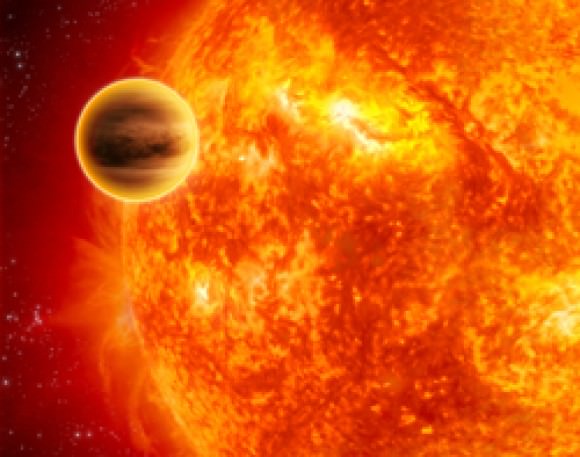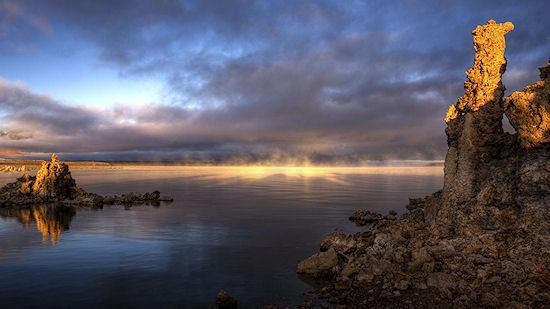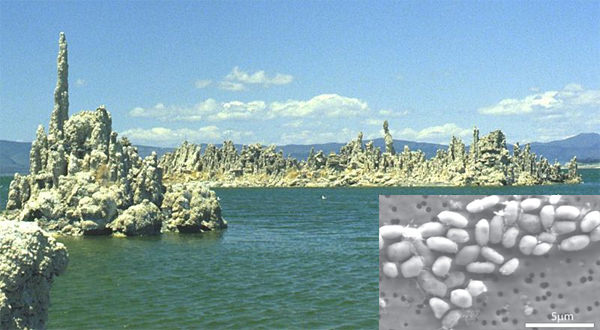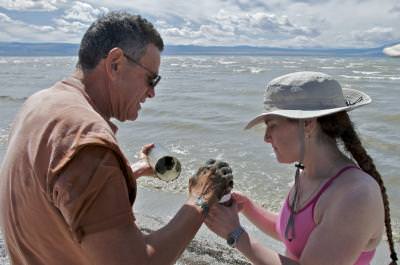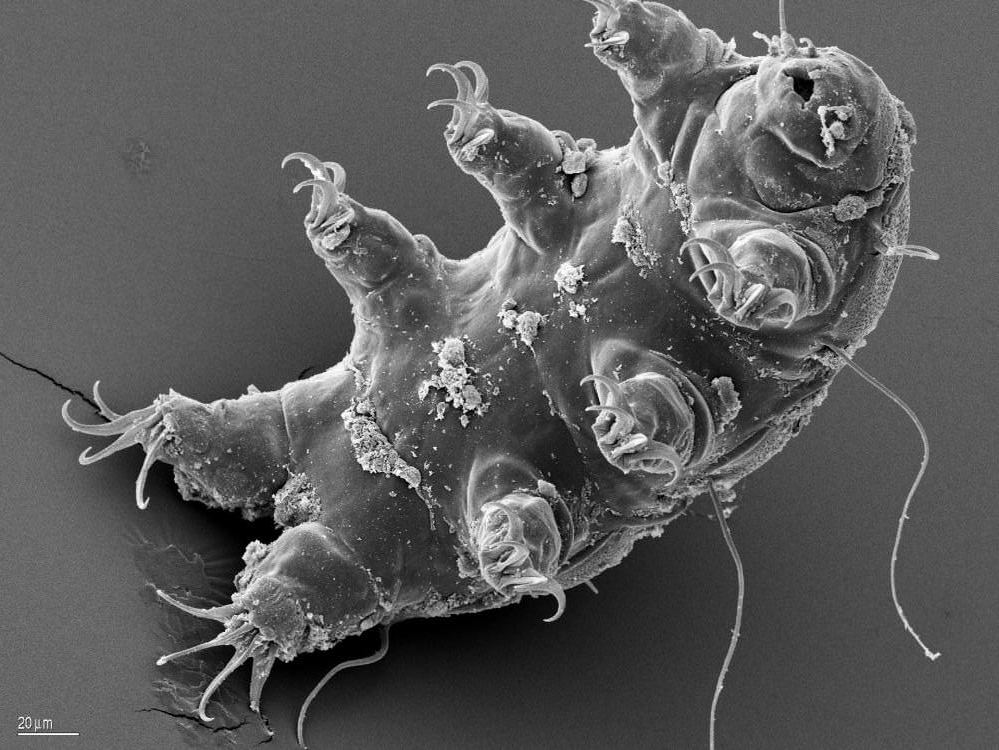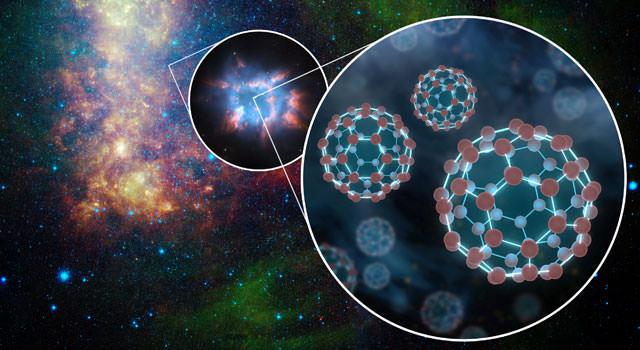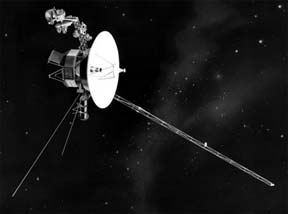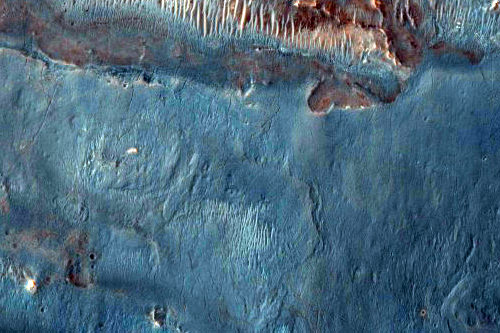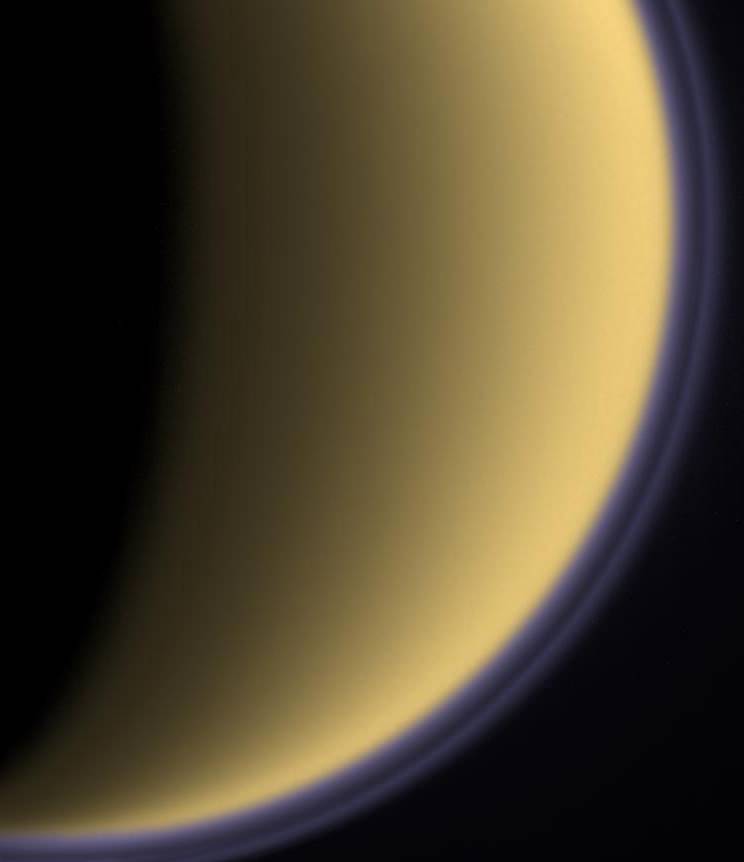[/caption]
Excitingly, we’ve been able to detect the composition of atmospheres on a handful of planets orbiting other stars. But if next-generation space observatories go online within the next couple of decades, some scientists propose using a new technique to determine details such as tree-like multicellular life on extrasolar planets.
While previous studies have discussed the likelihood of detecting life on exoplanets through signs of biogenic gases in the atmosphere, or seeing “glints” of light off oceans or lakes, those technique are limited in that, for example, biogenic gases could be signs of either single-celled or multicellular life – not providing much detail — and as we’ve seen from Titan, glints off planetary bodies do not necessarily come from water-filled lakes.
Researchers Christopher Doughty and Adam Wolf from the Carnegie Institution propose using a technique that Earth-orbiting satellites already use to in order to determine types of crops and land cover, as well as cloud detection, atmospheric conditions and other applications.
Called Bidirectional Reflectance Distribution Function (BRDF), this type of remote sensing determines the causes of differing reflectance at different sun- and view-angles. For example, trees cast shadows on the planet, and the large-scale pattern of shadows would make the light reflected off the vegetation to take on specific brightness and color characteristics.
“BRDF arises from the changing visibility of the shadows cast by objects,” the researchers wrote in their paper, “and the presence of tree-like structures is clearly distinguishable from flat ground with the same reflectance spectrum. We examined whether the BRDF could detect the existence of tree-like structures on an extrasolar planet by using changes in planetary albedo as a planet orbits its star.”

They used a computer model to simulate vegetation reflectance at different planetary phase angles and added both simulated and real cloud cover to calculate the planetary albedo for a vegetated and non-vegetated planet with abundant liquid water.
Depending on how accurately planetary cloud cover can be resolved, as well as the sensitivity instruments on proposed missions such as the Terrestrial Planet Finder, this technique could theoretically detect tree-like multicellular life on exoplanets in about 50 nearby stellar systems.
The angles of the spacecraft, the planet and its sun would have to be taken into account but the team says these characteristics would change in predictable ways over time, producing a detectable pattern.
If vegetation on the exoplanet was wide¬spread enough, it would affect the reflective properties of the whole planet.
“We found that even if the entire planetary albedo were rendered to a single pixel, the rate of increase of albedo as a planet approaches full illumination would be comparatively greater on a vegetated planet than on a non-vegetated planet,” they said.
Doughty and Wolf’s paper appeared in the journal Astrobiology.


